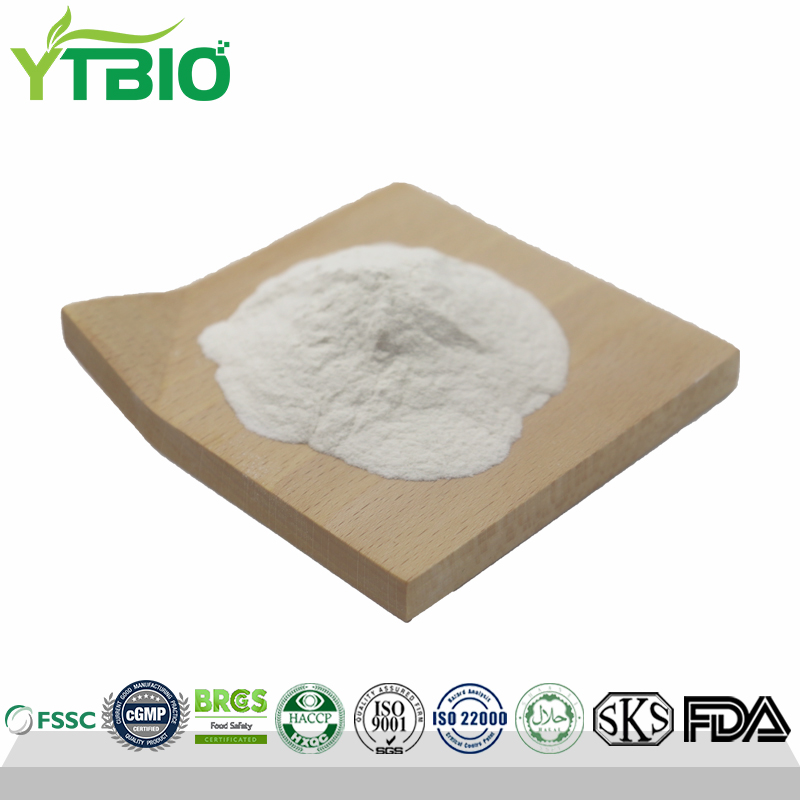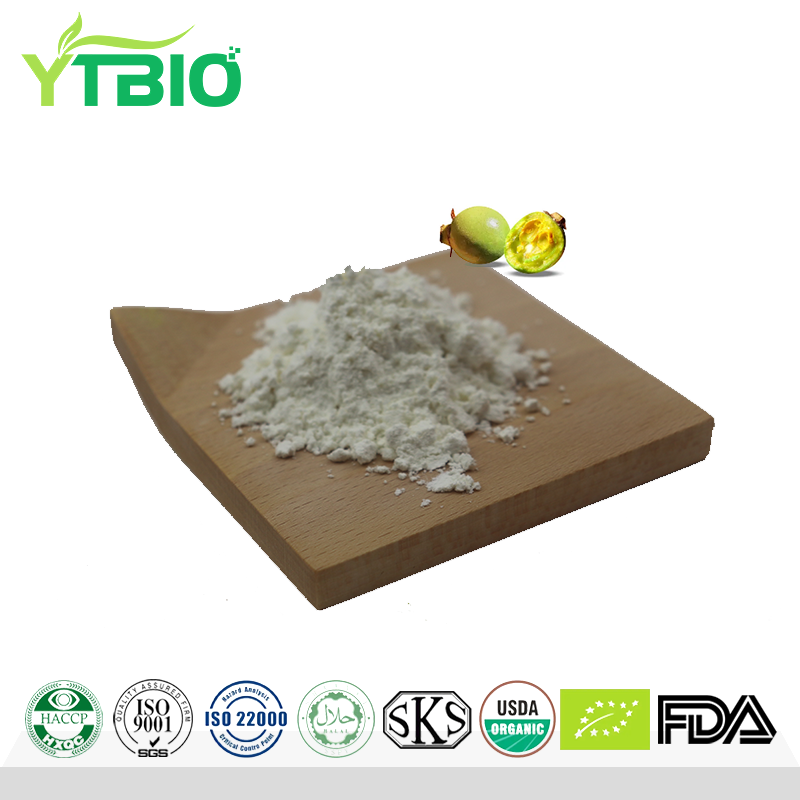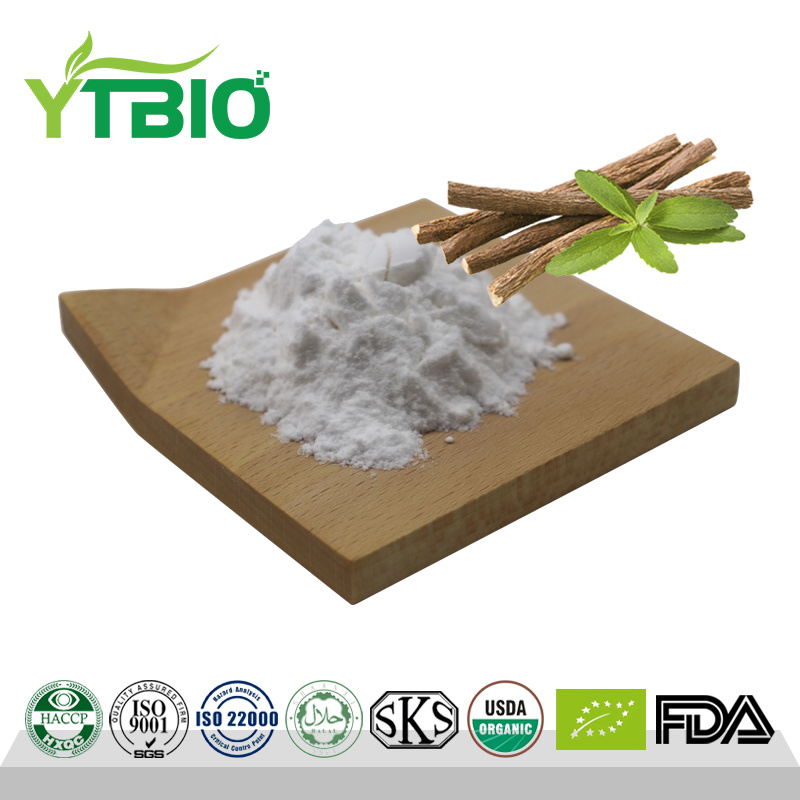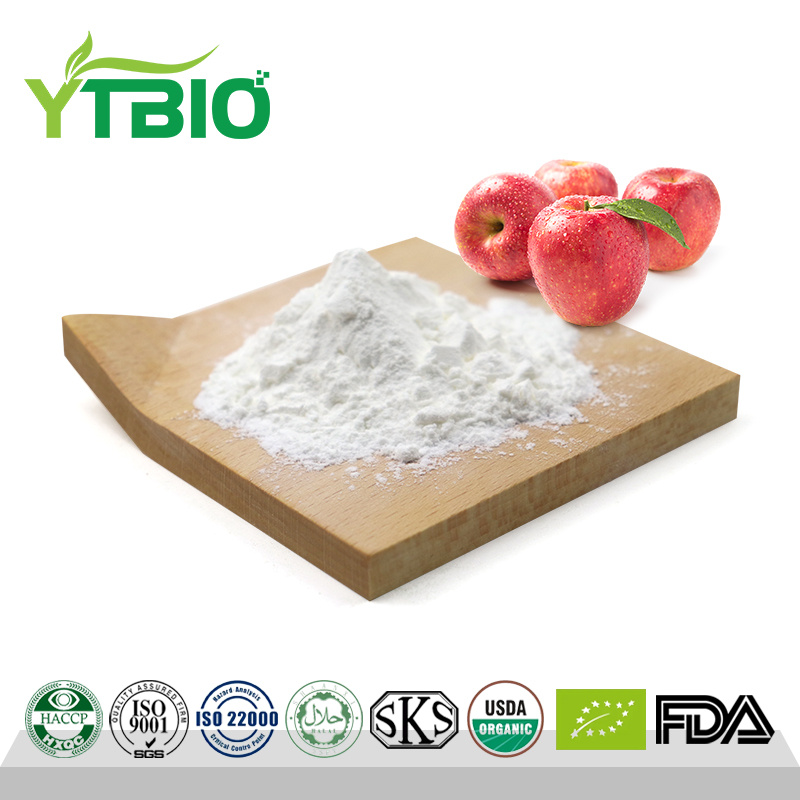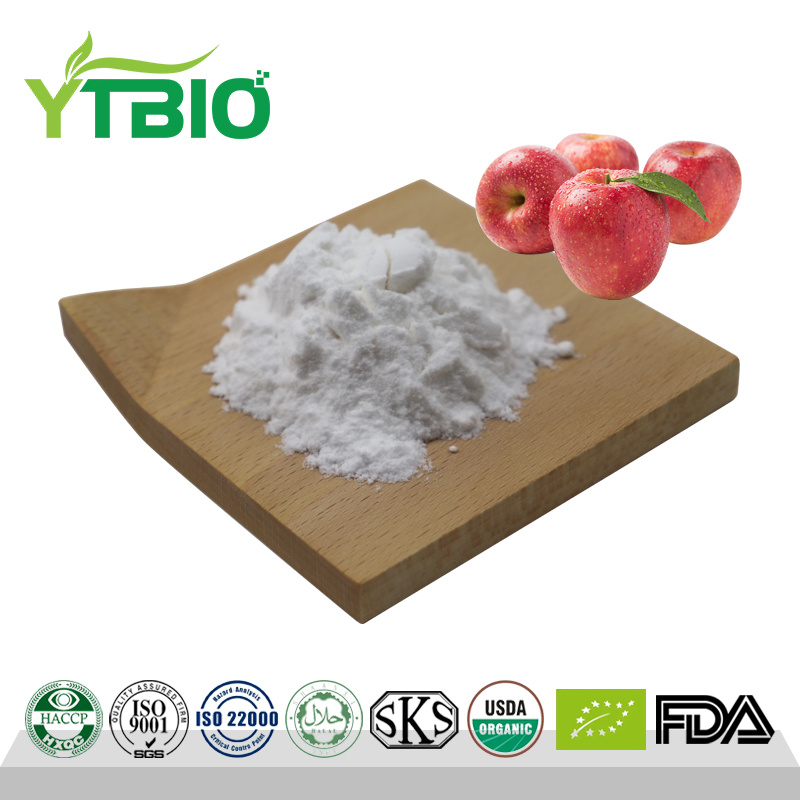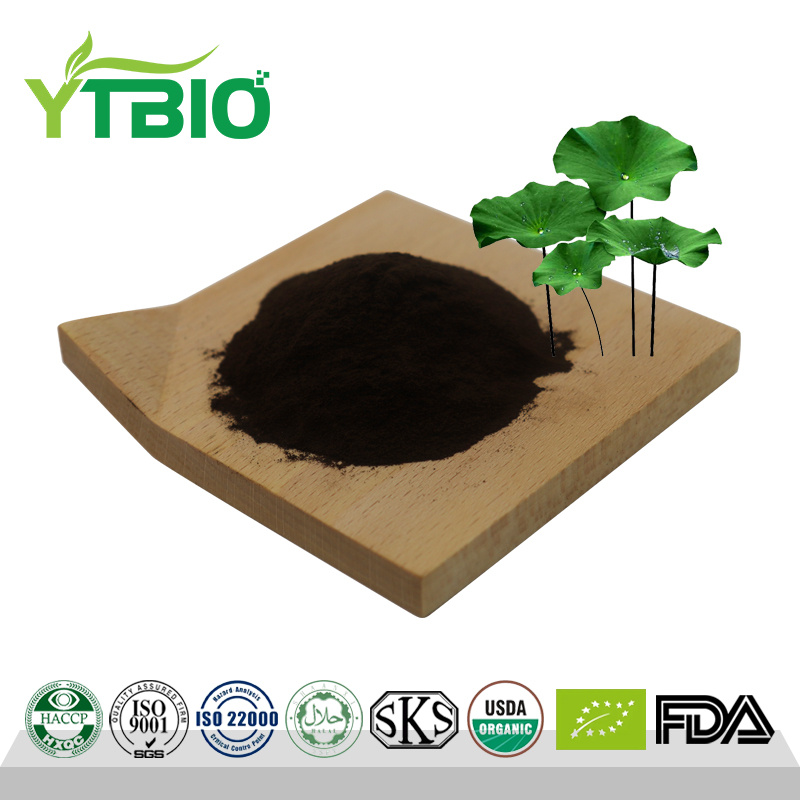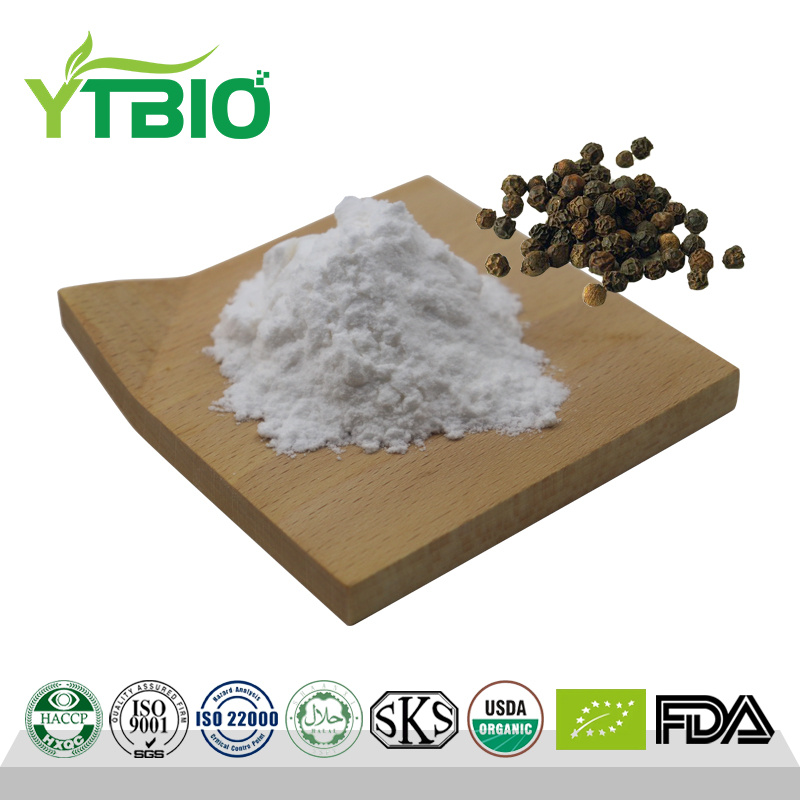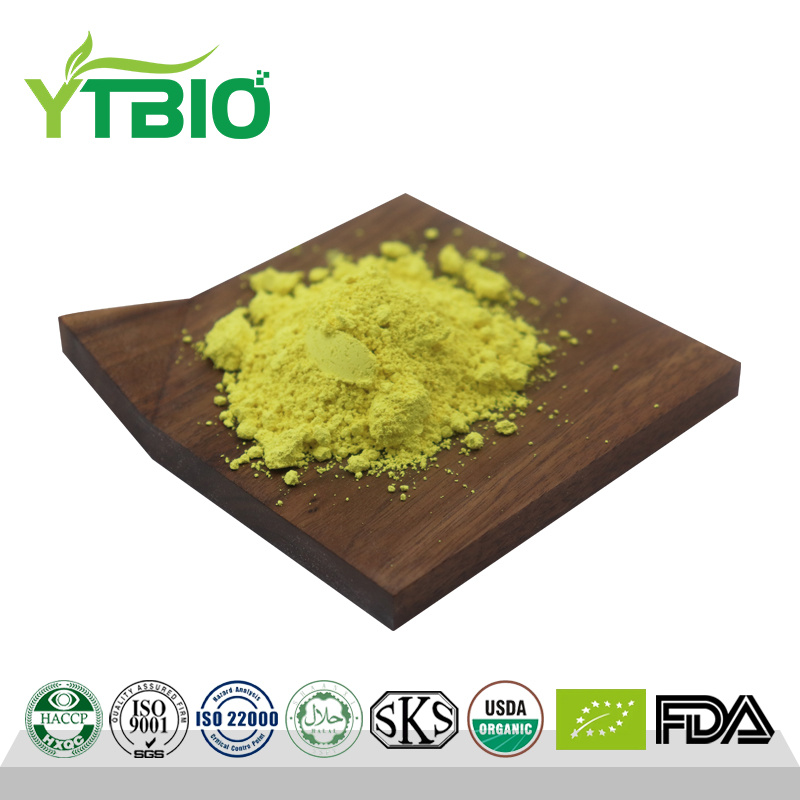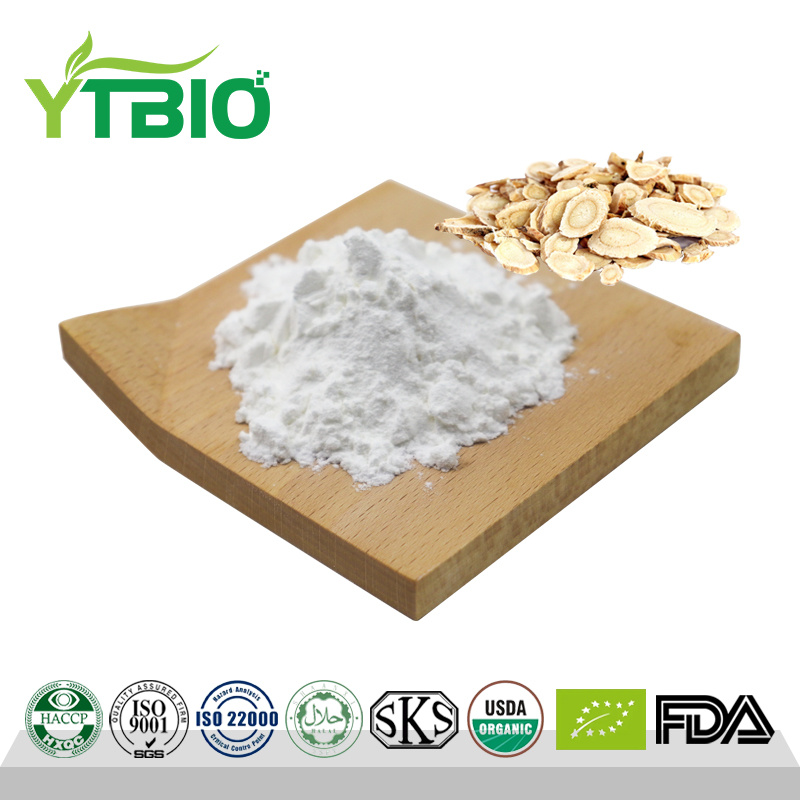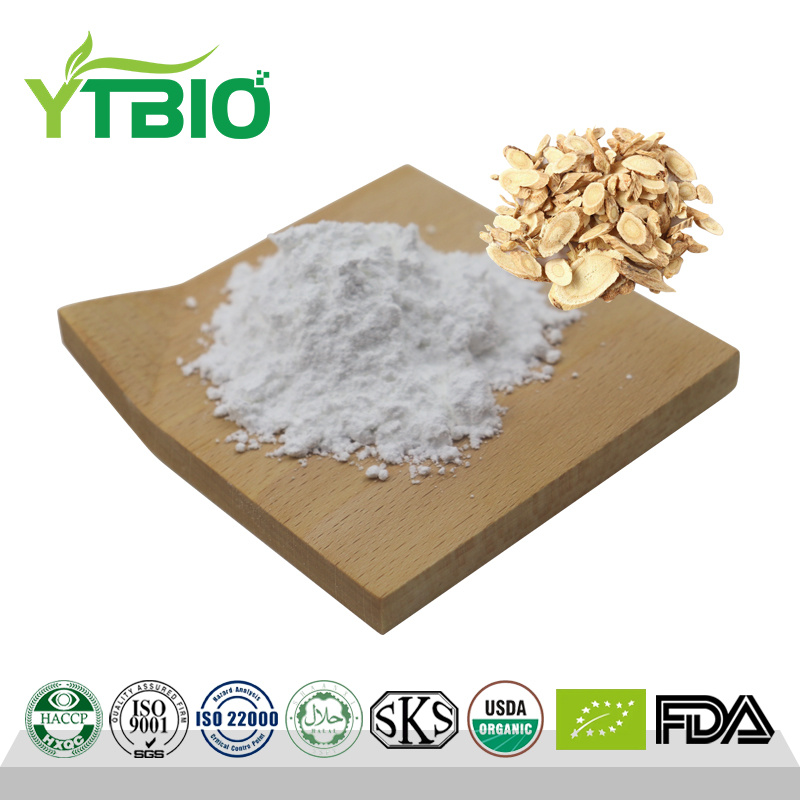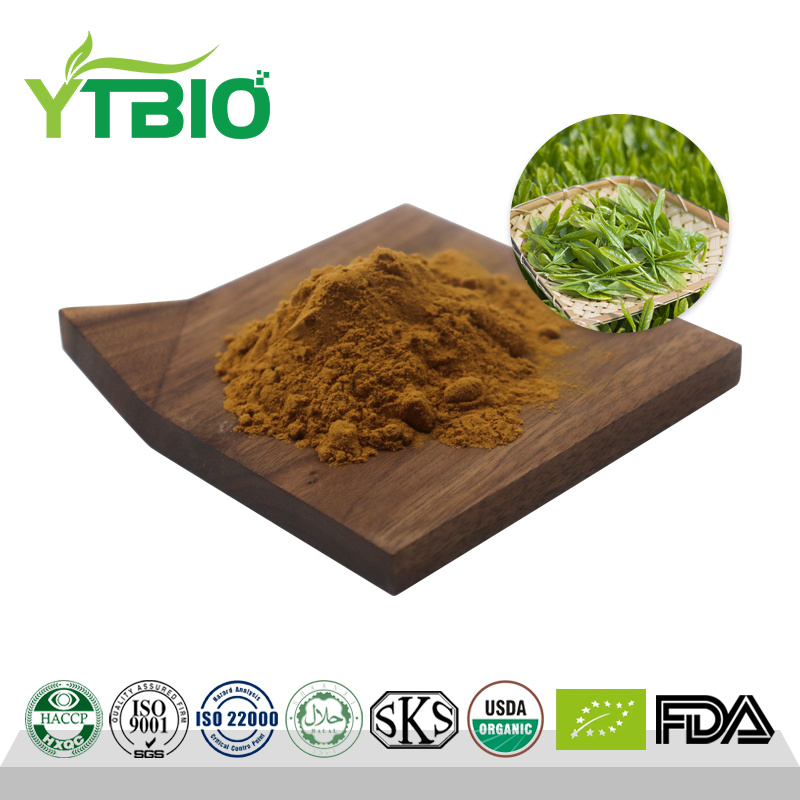Green Tea Extract Tea Polyphenol Powder
What are tea polyphenols?
Tea Polyphenols (TP) are a class of polyhydroxy compounds found in tea leaves. The main components include catechins (flavanols), flavonoids, flavonols, anthocyanins, phenolic acids and their complexes, and polymerized phenols. These components are the primary sources of tea's color, aroma, and flavor, as well as the core components responsible for its health benefits. Tea polyphenols are highly soluble in water, as well as in ethanol, methanol, acetone, and ethyl acetate, but insoluble in chloroform.
Antioxidant
The multiple active hydroxyl groups (-OH) in tea polyphenols can terminate free radical chain reactions, eliminate superoxide ions, and act similarly to superoxide dismutase (SOD) in scavenging superoxide anions and hydrogen peroxide radicals, achieving a scavenging rate of over 98%. This effect is more potent than vitamins E and C. Additionally, tea polyphenols protect cell membranes and cell walls, significantly eliminating lipid peroxidation free radicals.
Physical and Chemical Properties
Tea polyphenols are light yellow to tea brown, slightly aromatic aqueous solutions, powders, or crystals, with astringent taste. They are highly soluble in water, ethanol, and ethyl acetate, and slightly soluble in oils. They have good heat and acid resistance, remaining stable within the pH range of 2 to 7. They are slightly hygroscopic, and the pH of their aqueous solution is around 3 to 4. Under alkaline conditions, they are prone to oxidation and browning. Catechins account for approximately 60% to 80% of the total tea polyphenols. In polyphenolic substances extracted from green tea and its by-products, the content of tea polyphenols exceeds 95%, with catechins accounting for 70% to 80%, flavonoid compounds 4% to 10%, gallic acid 0.3% to 0.5%, amino acids 0.2% to 0.5%, and total sugars 0.5% to 1.0%. Chlorophyll is primarily in the form of pheophytin, with a content of 0.01% to 0.05%.
Efficacy and Applications
Food Industry
● Antioxidant: Used in the processing of meat products, oil storage, baked goods, dairy products, fried foods, and beverage formulation to delay food oxidation and spoilage.
● Antibacterial and Preservation: Inhibits nearly a hundred types of bacteria, acting as an excellent food preservative, and can delay the ripening of fruits and vegetables.
● Color Protection: Its strong reducing properties prevent the light oxidation-induced fading of natural pigments (such as carotenoids, chlorophyll, etc.).
● Deodorizing Effect: Chewing gum containing tea polyphenols has 10 times the deodorizing effect of ordinary chewing gum, effectively eliminating physiological bad breath.

Personal Care Industry
● Antibacterial and Antioxidant: Strong inhibition against skin and oral bacteria, helping prevent and treat skin diseases, skin allergies, cavities, and periodontal diseases.
● Sun Protection and Skincare: Protects skin from UV damage and is used in cosmetics as an antioxidant, anti-wrinkle agent, sunscreen, radiation protector, and skin whitening agent.
Pharmaceutical Industry
● Cardiovascular Health: Lowers blood pressure, has anticoagulant properties, reduces blood lipids, and helps prevent arteriosclerosis and thrombosis.
● Blood Sugar Reduction and Antiviral: Lowers blood sugar, kills bacteria, and combats viruses, preventing and treating gastrointestinal, respiratory, and flu-related diseases.
● Anti-Aging and Immune Regulation: Anti-aging, enhances immune function, and is used as an adjunctive medicine and dietary supplement.


